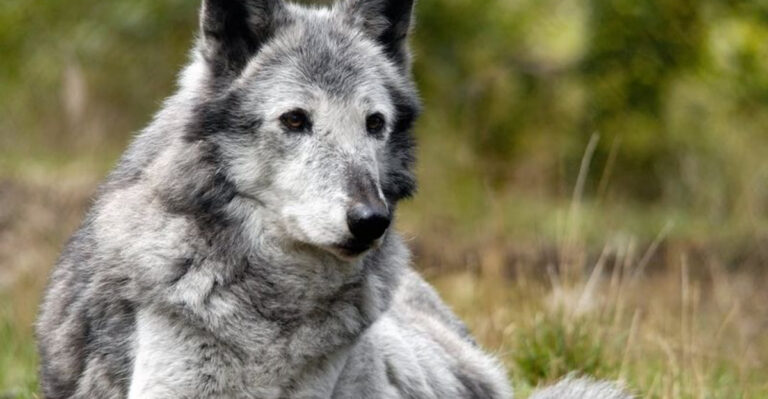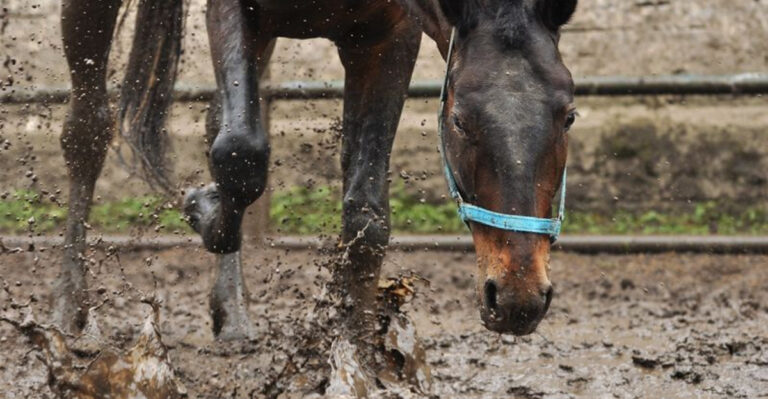Dinosaurs Evolved As Continents Moved, Here’s How It Happened
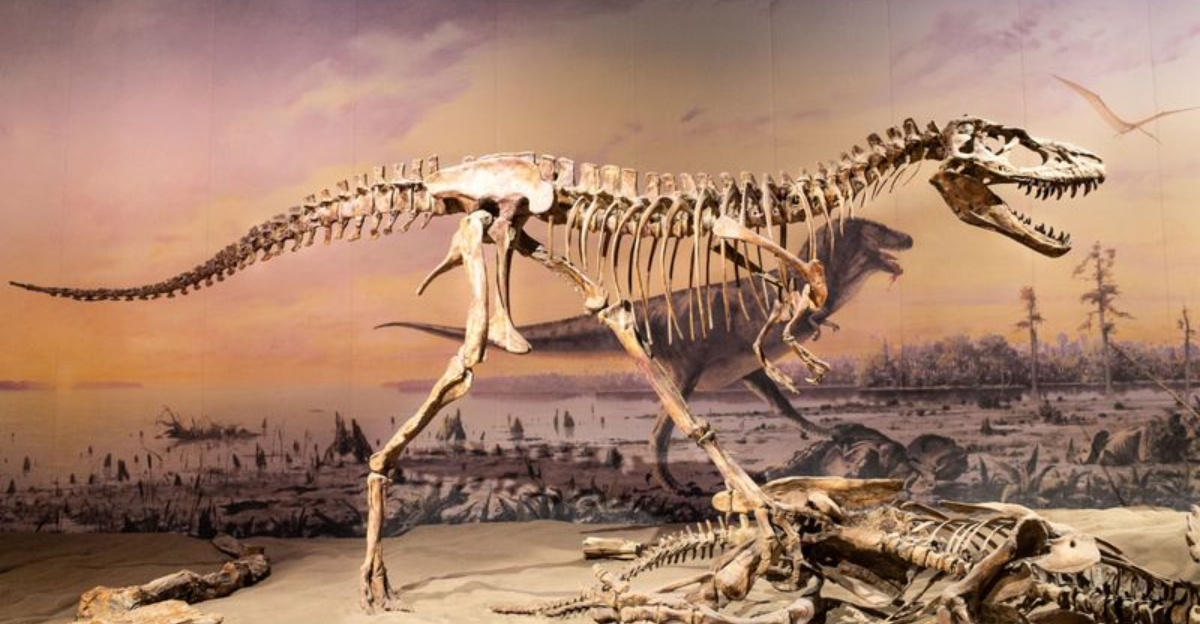
Millions of years ago, Earth looked completely different than it does today. All the continents were joined into one giant landmass called Pangaea where dinosaurs roamed freely.
As this supercontinent broke apart over time, dinosaurs had to adapt to new environments and challenges. This continental dance shaped dinosaur evolution in surprising ways that scientists are still uncovering today.
1. Pangaea’s Formation Gave Dinosaurs Room To Roam
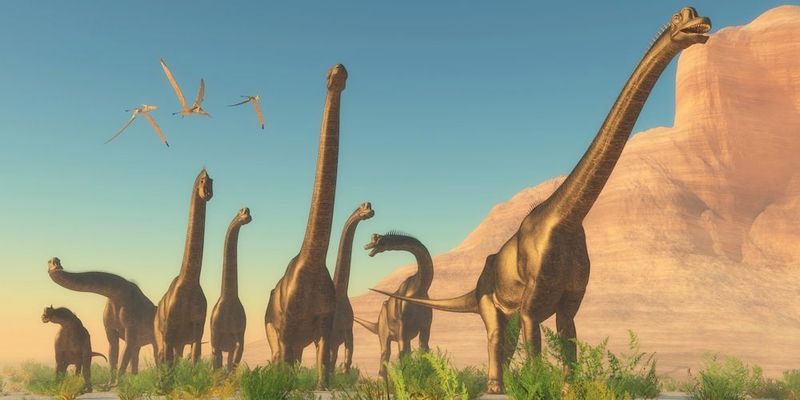
The supercontinent Pangaea created a dinosaur highway spanning from pole to pole. Early dinosaur species like Herrerasaurus could trek across vast territories without encountering oceans.
This massive connected landmass allowed dinosaur populations to spread widely during the Triassic period. The first dinosaurs evolved around 230 million years ago and quickly colonized diverse habitats across this unified world.
2. Climate Zones Shifted As Continents Drifted Apart
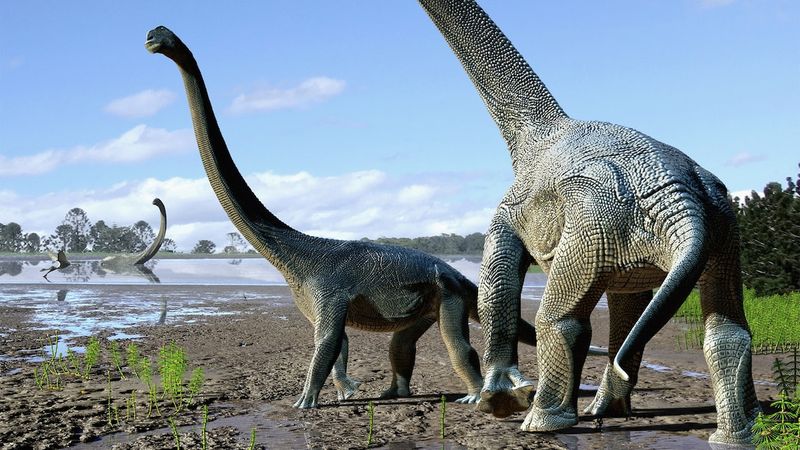
Continental breakup created dramatic climate changes. Landmasses that once sat at the equator drifted toward polar regions, forcing dinosaurs to develop insulation and cold-weather adaptations.
Meanwhile, once-temperate zones became scorching deserts. These climate shifts drove dinosaurs to evolve new body structures, metabolisms, and behaviors to survive in their changing worlds.
3. Isolation Led To Dinosaur Diversity
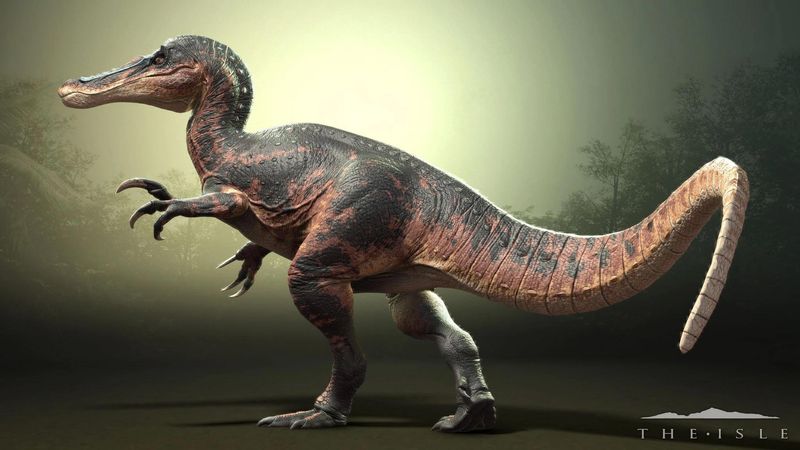
When continents separated, dinosaur populations became cut off from each other. Like modern animals on different islands, these isolated groups evolved unique features to match their new environments.
North America’s duck-billed hadrosaurs developed elaborate head crests. Africa’s spinosaurids grew crocodile-like snouts for fishing. Without genetic mixing, these separated populations transformed into entirely new species.
4. Ocean Barriers Prevented Species Mixing
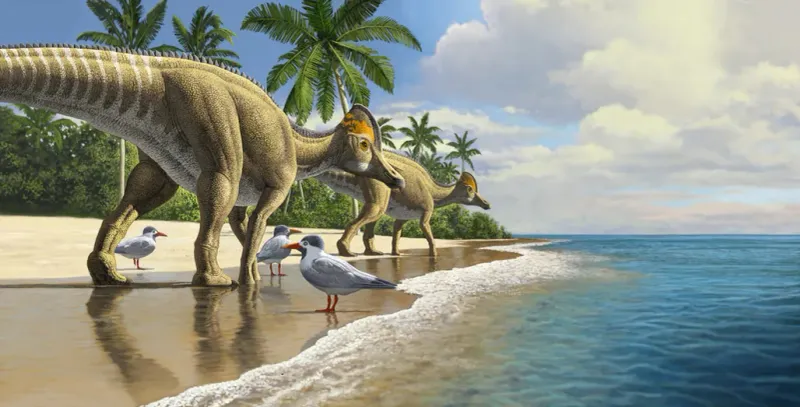
Growing oceanic gaps became impassable barriers. Unlike birds or sea creatures, most dinosaurs couldn’t cross vast water expanses, leading to completely separate evolutionary paths on different continents.
South American dinosaurs developed in isolation after that continent broke away around 140 million years ago. Their unique adaptations included titanosaurs with extremely long necks and abelisaurids with tiny arms.
5. New Land Bridges Allowed Surprise Migrations
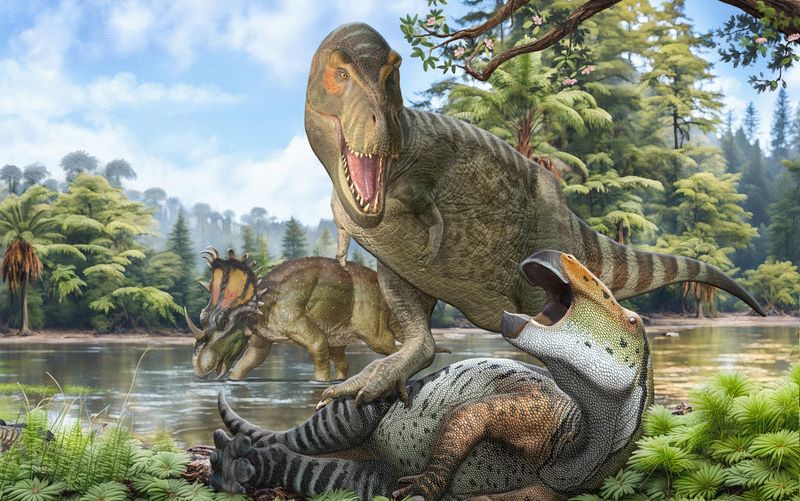
Temporary connections between continents created dinosaur migration highways. When Asia and North America linked via the Bering land bridge, dinosaur species could suddenly expand their territories. Fossil evidence shows Tyrannosaurid dinosaurs used this pathway.
These predators likely evolved in Asia before spreading to North America, explaining why similar species are found on both continents despite the ocean between them.
6. Tectonic Activity Created Mountain Ranges
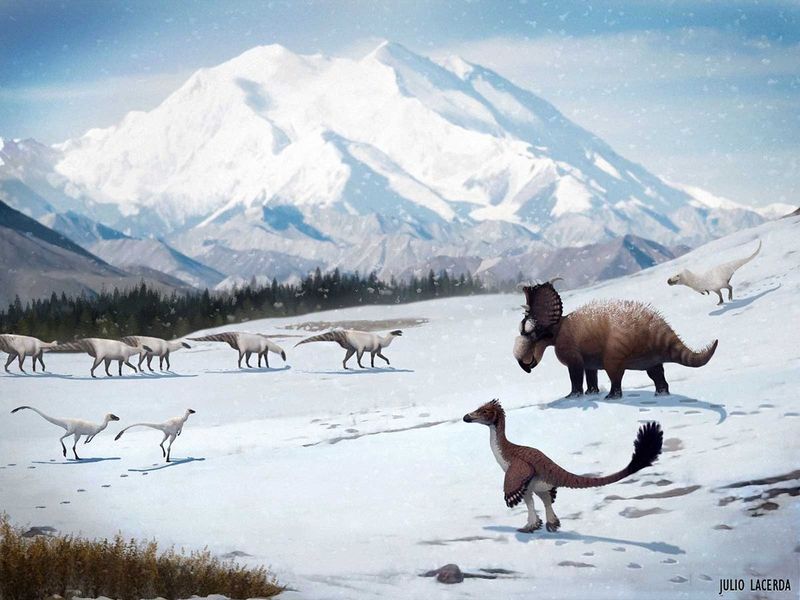
Continental collisions pushed up massive mountain chains. The forming Rocky Mountains and Andes created rain shadows and diverse elevation zones that dinosaurs had to navigate. Mountain ranges acted as natural barriers, separating populations.
High-altitude specialists evolved, with some dinosaurs developing more efficient lungs and stronger legs for climbing steep terrain and surviving in thinner air.
7. Volcanic Eruptions Shaped Evolutionary Pressure
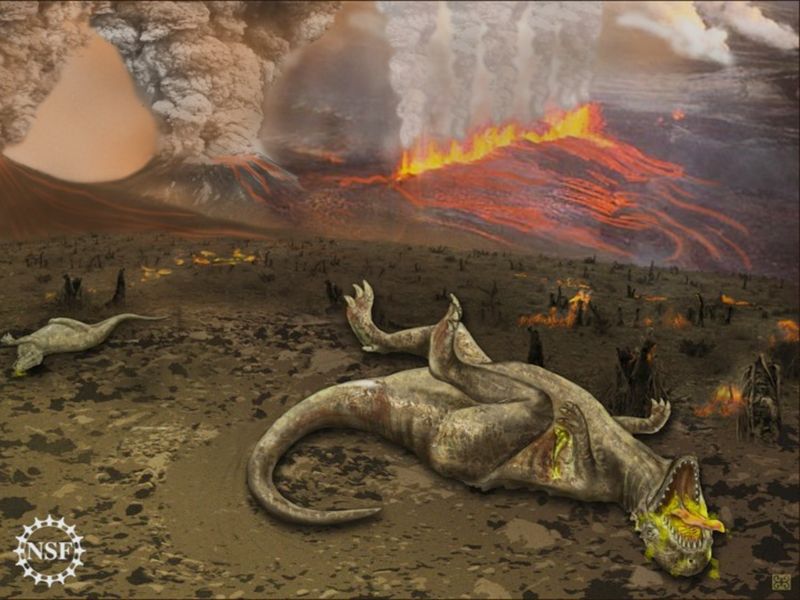
Continental breakup triggered massive volcanic events. The Deccan Traps in India spewed lava for thousands of years, altering global climate and challenging dinosaur survival. Volcanic winter events killed off vulnerable species.
Survivors passed on adaptations like enhanced respiratory systems and efficient metabolisms to their offspring, accelerating evolution through these disaster bottlenecks.
8. Changes In Sea Level Opened And Closed Habitats
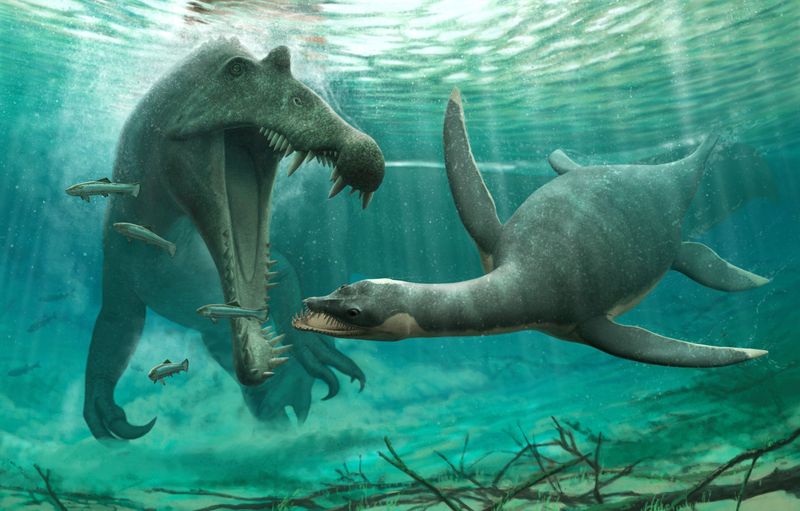
Continental movement affected global sea levels dramatically. North America was split by a massive inland sea during the Cretaceous, creating isolated eastern and western dinosaur populations.
Rising waters flooded coastal plains, forcing inland migration. Falling seas exposed new territories for colonization. These fluctuations created evolutionary pressures as habitats expanded, contracted, and transformed.
9. Continent Drift Split Predator And Prey
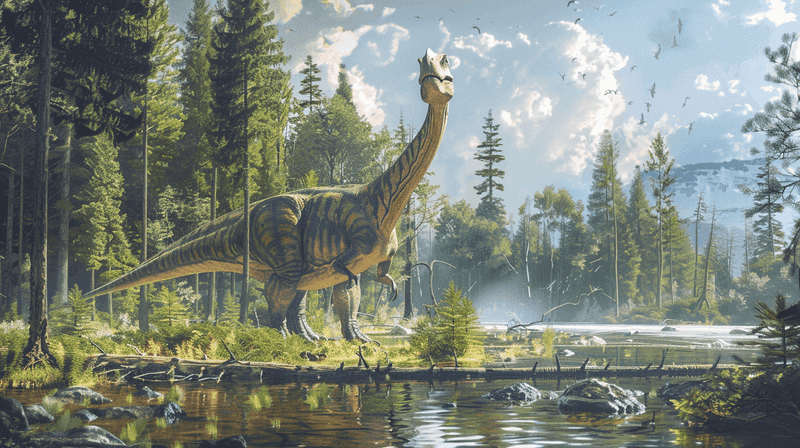
Continental separation sometimes divided predators from their traditional prey. Carnivores stranded without their usual food sources either adapted to hunt new animals or faced extinction. Some predators evolved specialized hunting techniques.
Others became omnivorous when preferred prey disappeared. This predator-prey disruption accelerated evolution as new ecological relationships formed on each continent.
10. The Rise Of Flowering Plants Was Location-Dependent
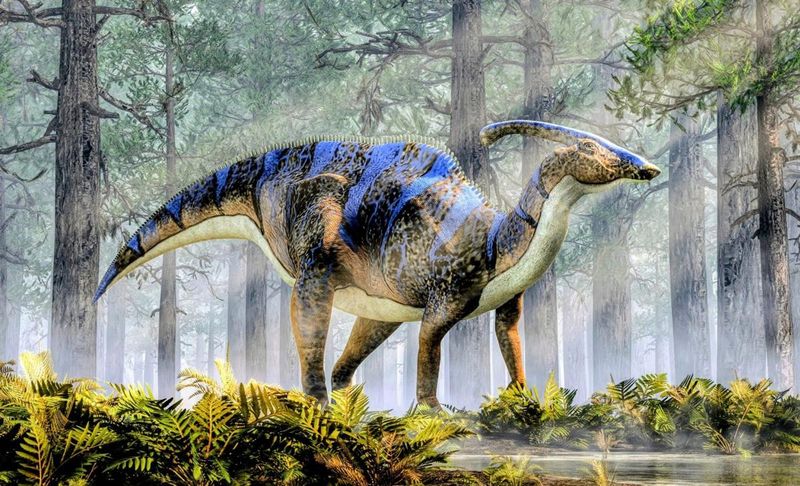
Flowering plants (angiosperms) appeared during continental breakup. They spread at different rates across separated landmasses, creating unique plant communities on each continent. Herbivorous dinosaurs co-evolved with these new plants.
Some developed specialized teeth for tough plant materials. Others evolved longer necks or new digestive systems. The timing of plant evolution on each continent directly shaped dinosaur adaptation.
11. Isolated Island Environments Created Miniature Dinosaurs
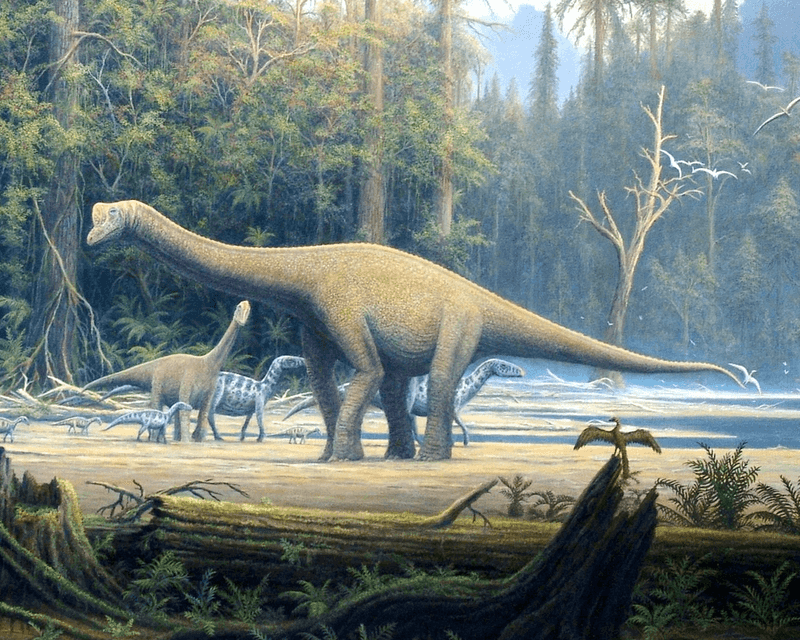
As sea levels rose, parts of continents became isolated islands. Limited resources on these islands triggered fascinating evolutionary responses in stranded dinosaur populations. Europe, which was an archipelago during parts of the Mesozoic, saw the evolution of Europasaurus.
This sauropod was just 10 feet tall compared to its 50-foot mainland cousins—a perfect example of island dwarfism caused by resource constraints.
12. Continental Positions May Have Impacted The Asteroid’s Effect
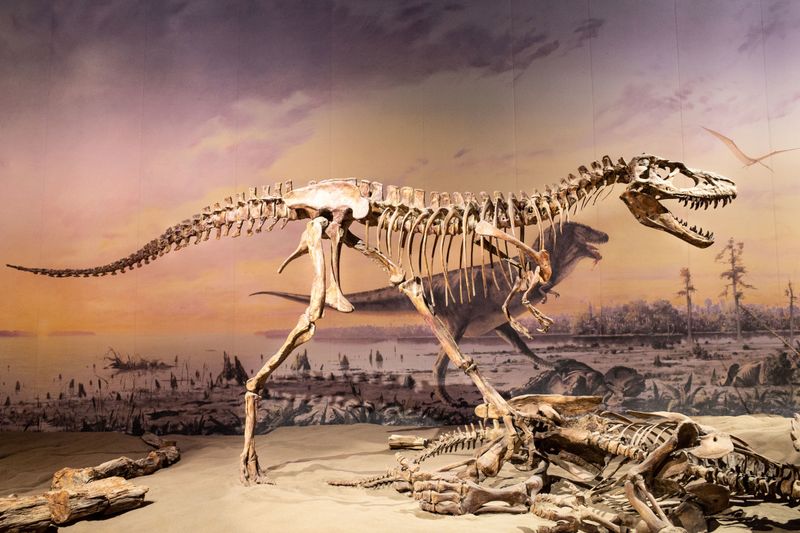
The final arrangement of continents influenced the asteroid impact’s devastation. Ocean circulation patterns and atmospheric conditions determined by continental positions affected how dust and debris spread globally.
Some regions may have experienced less severe effects. Continental positioning might explain why certain dinosaur groups disappeared completely while others, like birds, managed to survive the catastrophic extinction event that ended the Mesozoic era.

